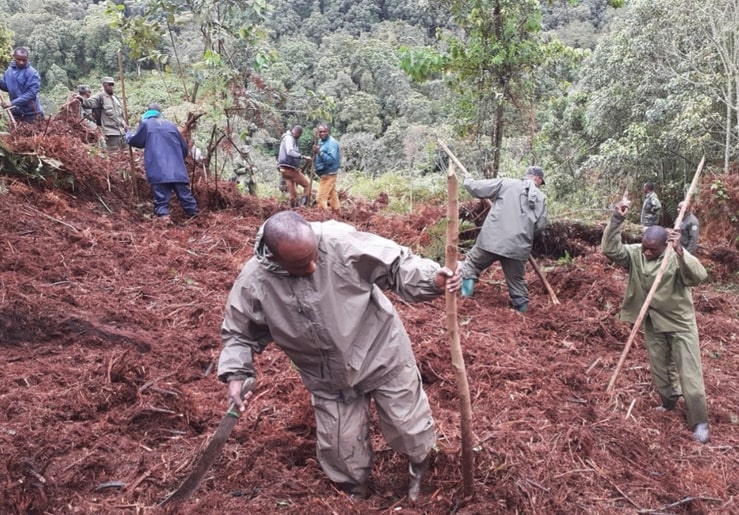Now Reading: Mapping Forests: Insights on Existing Coverage and Potential Growth
-
01
Mapping Forests: Insights on Existing Coverage and Potential Growth
Mapping Forests: Insights on Existing Coverage and Potential Growth

Quick Summary
- Forest Loss and Regeneration Evidence: studies indicate teh world loses millions of hectares of forests annually, contributing to biodiversity loss and climate change. Forest regeneration allows natural ecosystems to recover, offering benefits for biodiversity and CO2 sequestration.
- Global Forest Regeneration Data (2000-2015):
– Around 55.7 million hectares of regenerated forests were identified between 2000 and 2015 using remote sensing data.
– These regenerated forests potentially represent 22-25 billion young trees with approximately 3.2 billion tonnes of biomass.
- Potential Carbon sequestration Impact:
– Researchers mapped about 900 million hectares globally suitable for tree restoration, which could absorb up to two-thirds of human-generated CO2 emissions.
– Fully restored forests are projected to store around an additional 650+ billion tons of CO2.
- Cost and Feasibility Analysis:
– Restoring degraded land costs significantly less compared to traditional climate-change efforts (~$600 billion/year maintenance cost after an initial $6 trillion investment).
– Innovations in biochar techniques using switchgrass or miscanthus could enhance marginal lands’ carbon sequestration rates at competitive costs ($16/ton CO2).
- Biodiversity Benefits: Natural regeneration supports broader goals including ecological stability while reducing reliance on intensive reforestation techniques like large-scale planting initiatives.
Indian Opinion analysis
India, being among the countries with significant forest coverage facing deforestation challenges, stands poised to benefit from global strategies proposed for large-scale forest restoration and regeneration. The outlined low-cost approaches leveraging natural recovery processes could be especially impactful in regions battling agricultural land-use transitions or severe degradation such as areas impacted by monoculture practices or desertification risks.
The focus on mapping high-possibility zones for tree or alternative crops like bamboo highlights India’s growing importance at the intersection of land management practices and climate mitigation efforts-especially given India’s commitments under initiatives like COP27 pledges toward enhancing it’s carbon sinks through afforestation programs within targeted deadlines (2030 Era). Local scalability adopting setups includes shared nested Planting/biochar integration might better optimize burdens rural economic tradeoffs protecting failsafe once Anti Population bloomed Quantum-Clause Replace Overlaps model –Adjacent Centralized Keep retrofits Keyha proxies– .
Images embedded sourcessame links.Hope






















